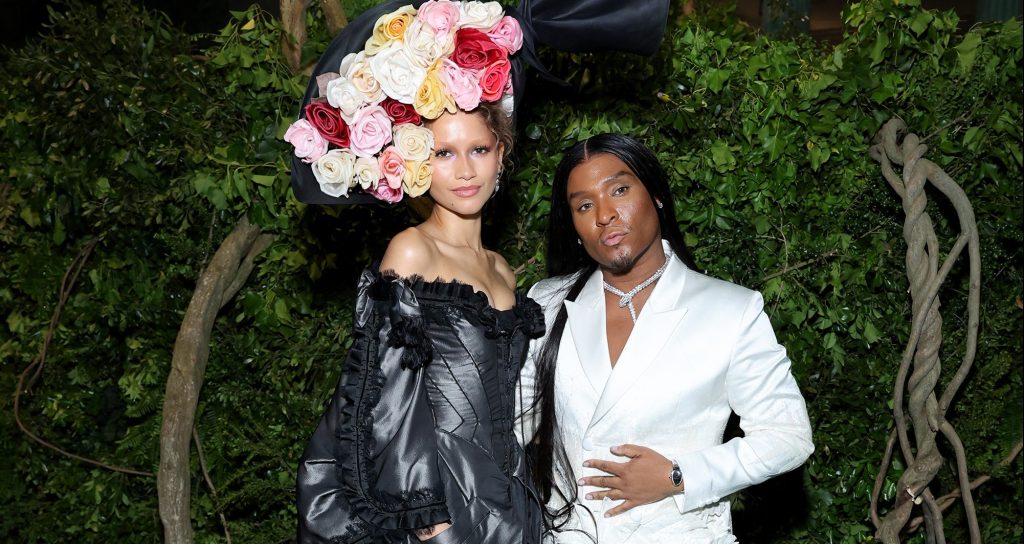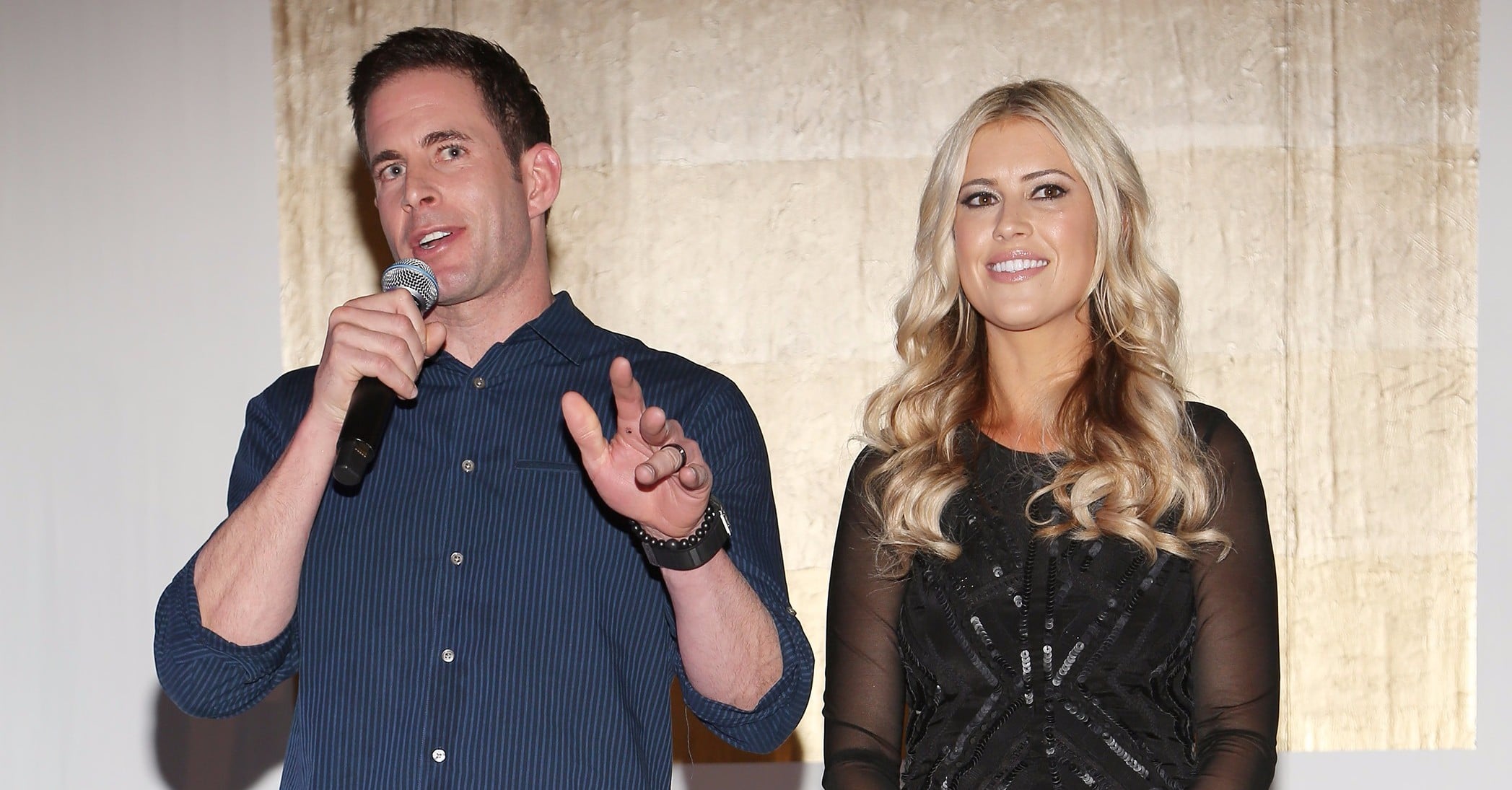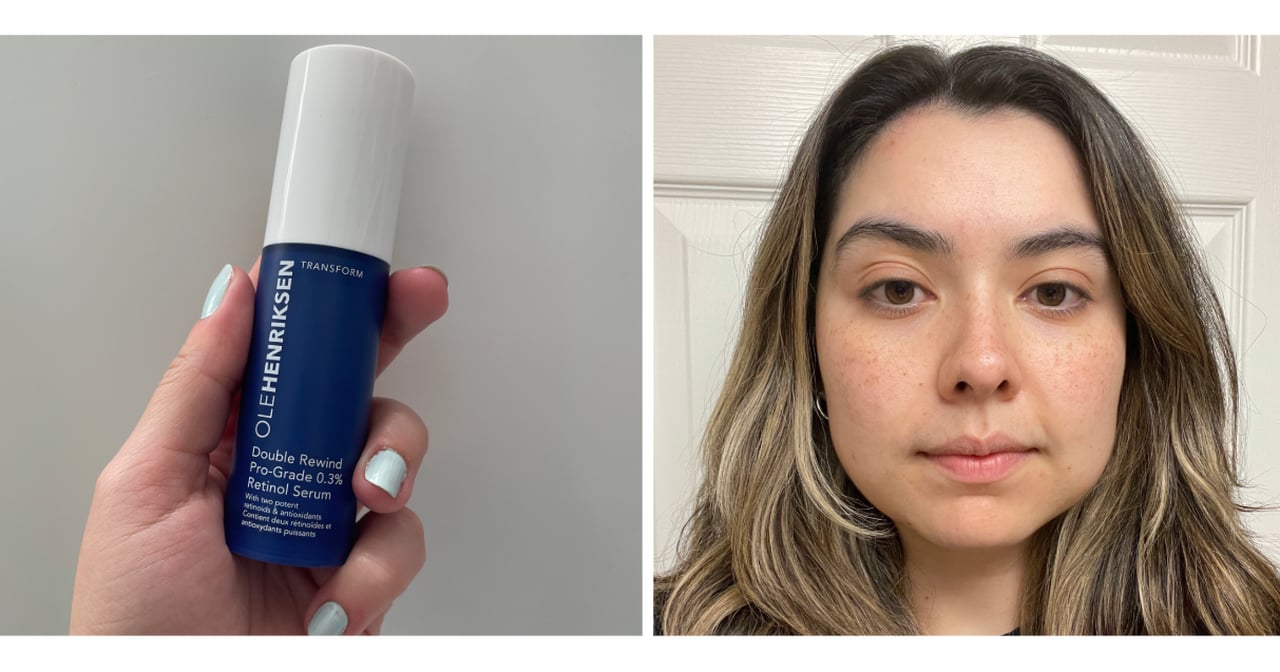Law Roach has always believed in the power of fashion: it’s why he paid homage to John Galliano at the Met Gala, what inspired his first book (out Sept. 24) and why he thinks the practice of “method dressing” resonates with so many.
“I think the right girl in the right dress at the right moment is really powerful,” Roach told WWD. “It surrounds you with a community, and those people become your supporters. As consumers of anything, it’s more about the story — it’s the ‘why.’ Why should we listen to that song? Why should we wear those shoes? Why should we watch that movie? You want to make sure that you have a clear narrative. And I think fashion helps you paint that narrative.”
For Roach, that right girl in that right dress is often Zendaya, whose wardrobe he’s curated for more than a decade. His work with the Emmy-winning actress has not only raised his own profile, but hers, transforming her from tween idol to bonafide starlet.
“When I first started styling Zendaya, no one would loan us clothes,” Roach explained. “Out of necessity, we had to find emerging designers and younger brands. We always did that and we keep doing it today.”
Roach’s affinity for up-and-coming design talent led him to his current role on E’s “OMG Fashun.” The new reality competition series, hosted by Julia Fox, sees unknown “disruptors” turn recycled materials into runway-ready couture.

“Julia isn’t working with emerging designers just because it’s cool — it’s an everyday thing for her and it’s authentically who she is. You want someone who doesn’t just talk the talk, but they walk the walk.”
Judging is a familiar frontier for Roach, who’s presided over panels on Max’s “Legendary” and the 2016 reboot of “America’s Next Top Model.” He plans on bringing the same candor — and rapier wit — to “OMG.”
The show’s May 6 debut followed a jam-packed season of press tours as Zendaya promoted her latest projects, “Dune: Part Two” and “Challengers.” The latter, Luca Guadagnino’s drama about a love triangle between three athletes, spawned several viral fashion moments and a “tenniscore” craze.
The hashtag “Tashi made me wear it,” which references Zendaya’s character in the film, became a vehicle for fans of “Challengers” (and Zendaya’s themed press tour wardrobe) to share their own sporty-chic looks on social media.
“Any time my work can bring people closer or start a conversation, that’s what makes me the most proud,” Roach beamed.

The image architect has coined this practice “method dressing,” a play on method acting, as he sees the art of styling as a form of storytelling. It’s why he has such an admiration for Galliano, who inspired him to enter the fashion industry.
“I am a huge fan of Galliano’s work because that world that he created, I wanted to be a part of it so badly when I was growing up on the South Side of Chicago,” Roach said.
His dream became reality when Galliano agreed to design a gown for Zendaya at the Met Gala. Roach paid tribute to the controversial creative director’s storied career, celebrating his previous tenures at Christian Dior and Givenchy and his present at Maison Margiela, with two standout looks.

Galliano, known for his elaborate runways comparable to stage productions, returned from vacation with a five-page outline of who Zendaya’s red carpet character would be. Under the Margiela label, he drafted a design based on one he debuted during Dior’s spring 1999 couture presentation. Simultaneously, it evoked the dark romantic palettes and banded fabrics featured in Galliano’s acclaimed spring 2024 collection for Margiela.
The actress’ matching accessories boasted high-profile collaborations — her towering fascinator was designed by Stephen Jones, while Christian Louboutin created custom pumps in the style of Margiela’s trademark split-toe Tabis.
The gown’s completion came down to the wire, with Zendaya attending her first fitting just two days ahead of the Gala.

“I wasn’t stressed,” Roach stated. “I always trust that things happen the way they’re supposed to happen.”
As Roach ushered his client up the Metropolitan Museum’s iconic steps and around the Gothic Revival building’s hallowed halls, he kept his eyes peeled for potential wardrobe malfunctions.
“She’s already a tall girl,” he said of Zendaya. “She’s five ten and she had on six-inch heels. Then she had another hat that was about six inches, so she was really tall. We were going through these kind of tunnels at the Met and every time I’d say, ‘Hat!’ she would dip.”
With permission from Vogue’s editor in chief and the Gala’s primary planner, Anna Wintour, Roach reserved a private room within the museum to pull off Zendaya’s transformation.
“Because Zendaya was a co-chair, she was in a receiving line,” Roach explained. “Then we snuck away to change the look. We have practice doing this kind of thing already, so we know exactly how much time it would take to change the makeup and everything. We did a run-through and the staff from the Met was so generous and kind to be a part of our storytelling.”
The actress’ second look, a regal off-the-shoulder gown featuring a dramatic train, came from Galliano’s spring 1996 couture collection for Givenchy. It had only been worn once before, on the runway, by Veronica Webb, the first Black supermodel to score an exclusive contract with Revlon.

“We like to reference those that came before us,” Roach added.
Zendaya purchased the Rococo-inspired piece from Rita Watnick of Lily et Cie in Beverly Hills. The boutique frequently caters to high-profile clientele, though many typically prefer to borrow.
“How we look at it is that we’re supporting small businesses,” Roach said. “I think it’s unfair to borrow things from people who use those clothes as their livelihood.”
He smartly styled Zendaya’s Givenchy gown with a Philip Treacy for Alexander McQueen chapeau, which took the shape of a topsy-turvy bouquet.
In the hoity-toity fashion world, re-wearing last season’s garments was once considered passé. As the industry seeks to adopt more sustainable practices, however, archival looks have graced many recent red carpets.
“What I pray is that it doesn’t fade away, but that it remains an important part of our lifestyles,” Roach said of the secondhand fad — after all, he was digging through thrift store racks long before it became trendy: his first-ever fashion job was selling vintage clothes out of the trunk of his car.
Roach is still a collector of period garb. The weekend before the Met Gala, he shared a photo of an Emanuel Ungaro wedding dress he owns to Instagram. “We had the dress this entire time,” he wrote, adding a facepalm emoji.

Roach acquired the piece, dated to 1996, from an Ebony Fashion Fair auction. The magazine’s late owner, Eunice Johnson, counted the floral lace gown as part of her extensive archive.
“She went to Paris to shop couture and see the shows,” Roach said. “And she wanted to bring that back to her community. She would buy collections and put on a touring fashion show that would go to churches and Black neighborhoods to show them what Paris couture looked like. She leveraged that to tell designers that they needed to work with Black models. Having that dress is just a reminder of you know, had there not been a Eunice Johnson, there may not have been a Law Roach.”
Roach’s book, “How to Build a Fashion Icon: Notes on Confidence from the World’s Only Image Architect” is available for preorder now.



